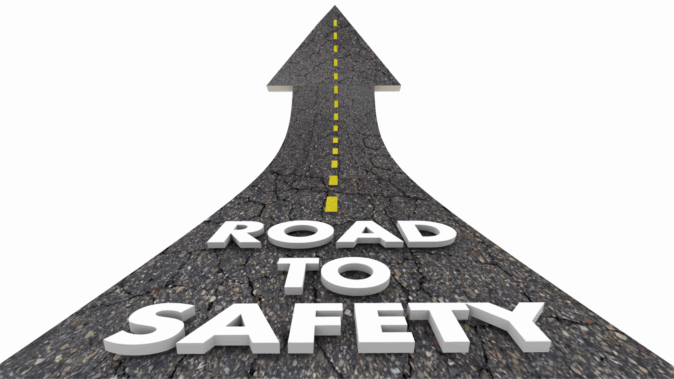Among the numerous hazards faced by construction workers, “caught in between” accidents pose significant risks. These incidents occur when workers are trapped or crushed between heavy machinery, equipment, or structures on construction sites.
Causes of Caught in Between Hazards
1. Heavy Machinery: Construction sites are home to a myriad of powerful and heavy machinery, such as cranes, excavators, and forklifts. Workers operating or working in the vicinity of these machines are at risk of being caught in between them or their moving parts.
2. Collapsing Structures: The construction of buildings, bridges, and other structures involves temporary support systems that may not always be stable. A sudden collapse can lead to workers getting trapped between falling debris.
3. Trenching and Excavations: Improper shoring and trenching techniques can result in the collapse of excavations, entailing grave consequences for workers inside.
4. Equipment Entanglement: Construction workers often work with various tools and equipment, such as power drills and chainsaws. Inadequate training or the absence of proper safety guards can lead to equipment entanglement accidents.
5. Unsecured Materials: Unstable piles of construction materials like bricks, lumber, or pipes can shift unexpectedly, posing a threat to nearby workers.
Preventing Caught in Between Accidents
1. Comprehensive Training: All construction workers must receive thorough training on the proper use of equipment and machinery, as well as safe work practices. They should be educated on recognizing hazards and how to mitigate risks.
2. Regular Inspections: Employers should conduct frequent inspections of machinery, equipment, and structures to ensure they are in good working condition and comply with safety standards.
3. Adequate Signage: Clear and visible warning signs must be posted around hazardous areas to alert workers of potential dangers.
4. Safety Barriers: Implementing physical barriers, such as guardrails and fencing, can help prevent workers from entering hazardous zones unintentionally.
5. Proper Shoring and Excavation Techniques: Trenches and excavations should be properly shored and sloped to prevent collapses, and workers should adhere to safety guidelines while working in such areas.
6. Personal Protective Equipment (PPE): Encourage the use of appropriate PPE, such as hard hats, safety goggles, and high-visibility vests, to protect workers from potential caught in between hazards.
7. Communication: Effective communication among workers, supervisors, and machine operators is crucial to ensure everyone is aware of their surroundings and potential hazards.
Scott Davidson, Safety and Education Director, is available to further discuss heat-related illnesses and preventitive measures. As a benefit of your membership to MCA/CPCA, there is no fee for the following services provided:
Job Site Inspections
Tool Box Talks
Site Specific Safety Programs
Help with Third Party Safety Plans (ISNET)
Onsite, at your shop, or at our facility training (Mobile Elevated Work Platforms, Fall Protection, PPE, Haz Com, OSHA 10, OSHA 30, OSHA Refresher and more)
Site Specific Safety Consulting (Fall Protection, Confined Space, Trenching and Excavation and more
You can call Scott for more information.
